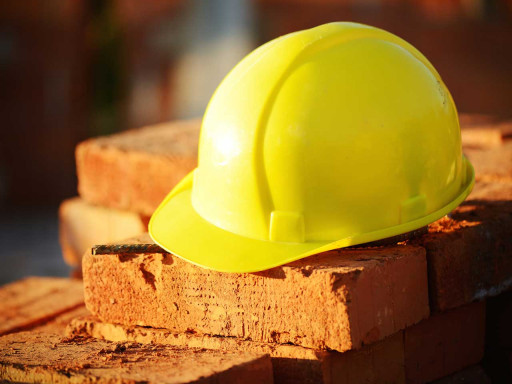Personal Protective Equipment at Work Regulations briefly cover the following:
PPE is equipment that will protect the user against health or safety risks at work. It will cover a wide variety of equipment from safety helmets, gloves, eye protection, safety trousers to safety footwear and safety harnesses.
However, it is important that different types of PPE are compatible to ensure they give maximum protection. For instance, ear defenders worn while wearing a hard hat or safety helmet, must fit correctly to ensure that they give full protection to the individual.
Personal Protective Equipment should be used as a last resort. Where there are risks to health and safety that cannot be adequately controlled in other ways, PPE should be supplied.
The regulations also require that PPE is:
- Properly assessed before use to make sure it is fit for purpose
- Maintained and stored correctly
- Provided with instructions on how to use safely (do you check that they are?)
- Used correctly by employees.
When selecting and distributing PPE:
- Choose good quality products that are CE marked.
- Choose equipment that suits the wearer, one size will not fit all. The equipment should be comfortable to wear as they will be much more likely to wear it.
- Instruct and train people and explain why it is needed, when to use it and what its limitations are.
It is the employer’s responsibility to supply PPE when it is deemed necessary after carrying out a risk assessment. However, it is important to ensure that your staff know it’s their responsibility to report to you if there are any faults or the equipment does not fit correctly and the PPE needs to be replaced.
The PPE Directive is now over 20 years old. In order to reflect current technologies and processes for developing and bringing PPE to the market, it is in the process of being superseded by a new PPE Regulation. This will only affect you if you are a manufacturer of PPE.
For further guidance why not contact us on 01722 326 390.

